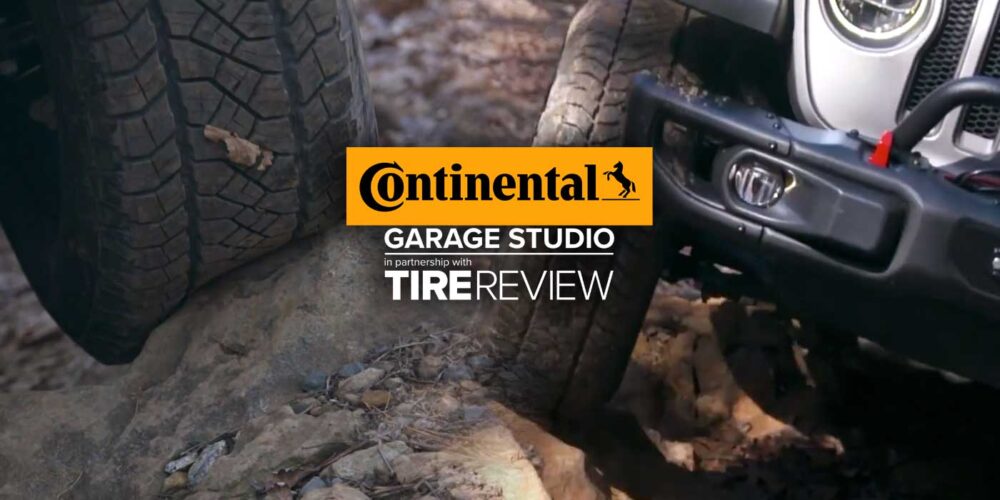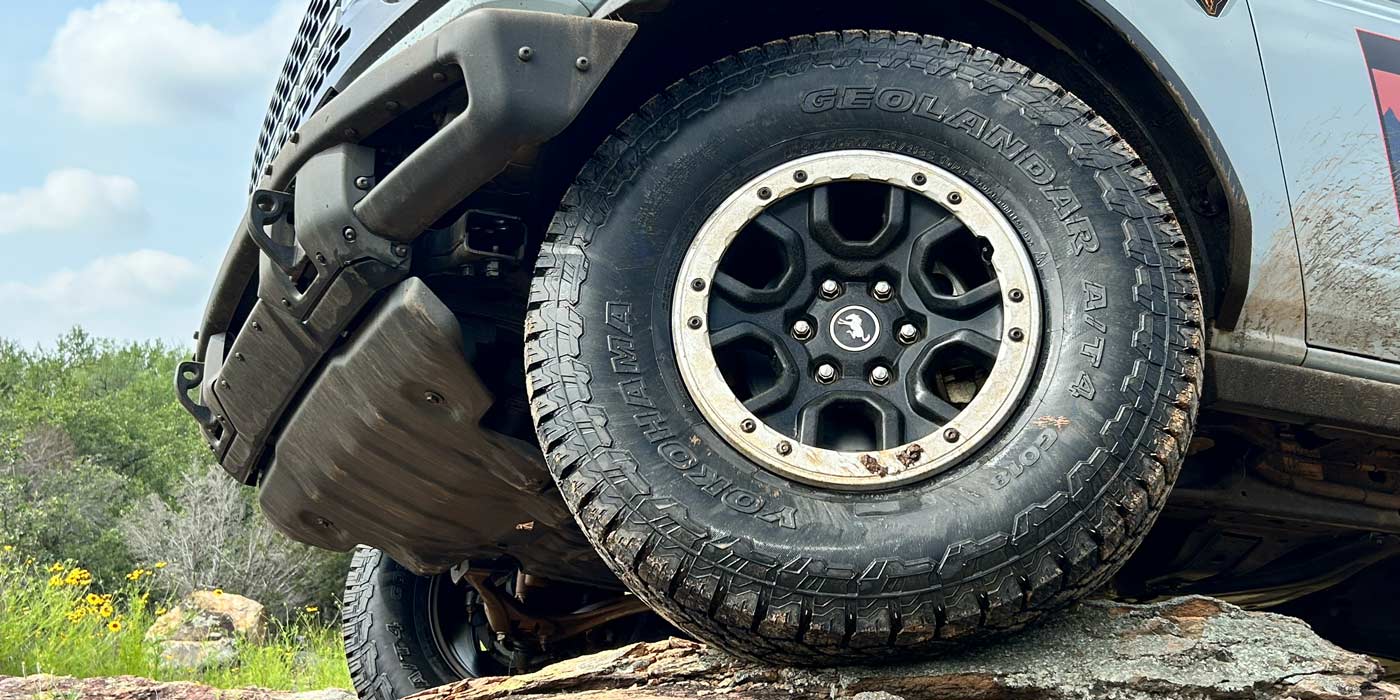Changing your spark plugs can either be a quick and simple task, or a painful chore. Roadblocks may pop up during the removal or installation of the plugs, but follow these three tips to breeze through a spark plug service.
The first tip is to use chemical tools to help pull the plugs out. To ease the removal of stubborn spark plugs, technicians can apply fluids like liquid penetrant or in-tank fuel injector cleaner to dissolve corrosion and carbon deposits between the plug threads and the head. Allowing the fluid to sit for an extended period enhances its effectiveness.
For spark plugs with a notchy feel, cracking them a quarter turn and applying penetrant or fuel injector cleaner can prevent thread damage. It may be necessary to change the oil if a significant amount of fluid is used. Finally, after removing the plug, inspect the head threads for any issues and utilize a thread chaser if needed to clean them up.
Our second tip is to focus on spark plug hole “hygiene.” To ensure proper function after replacement, the spark plug well or tube must be clean of oil, water and debris. Accumulated substances can complicate spark plug removal and lead to electrical grounding issues over time for customers due to static electricity attraction. When you address oil or debris by replacing the valve cover gasket or coil boot, you can prevent future misfires. To diagnose leaks in tube seals or gaskets, a smoke machine can be used to identify the source, with pressure kept below 5-6 psi. Additionally, checking the positive crankcase ventilation (or PCV) valve for blockages, particularly in models with a heater, is recommended to avoid cold engine blockages.
Our third and final tip is to replace spark plugs when the engine is cold. This may be a controversial topic among technicians, but OEMs and spark plug manufacturers always recommend removing and installing the plugs when the engine is cold. The reason for this is the head and plug have the least thermal expansion, reducing the risk of damaging threads. With the head often aluminum and the plug steel, minimizing expansion is critical.
Despite OEM recommendations, some technicians remove plugs when the engine is hot. Proponents of this method can’t fully explain why it works, but theories say it loosens corrosion between threads. The “hot method” is popular despite risks, especially with Ford modular engines. Technicians may even use an impact to break loose hot plugs. If attempting this, be ready to repair threads and remove broken plug shells.
Don’t forget to follow us on Instagram and Facebook and subscribe to our YouTube channel for more tire, service and shop operations videos.













